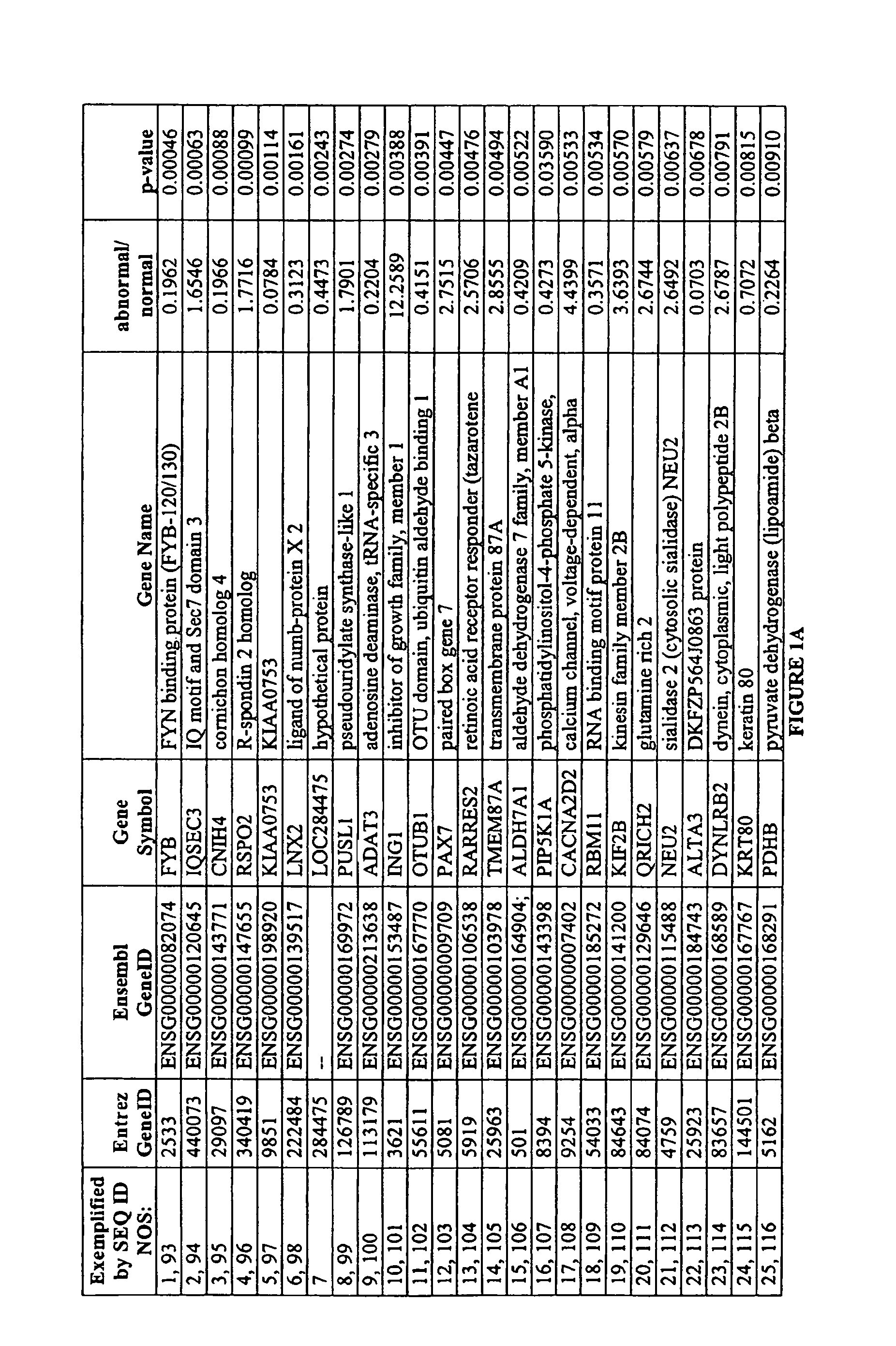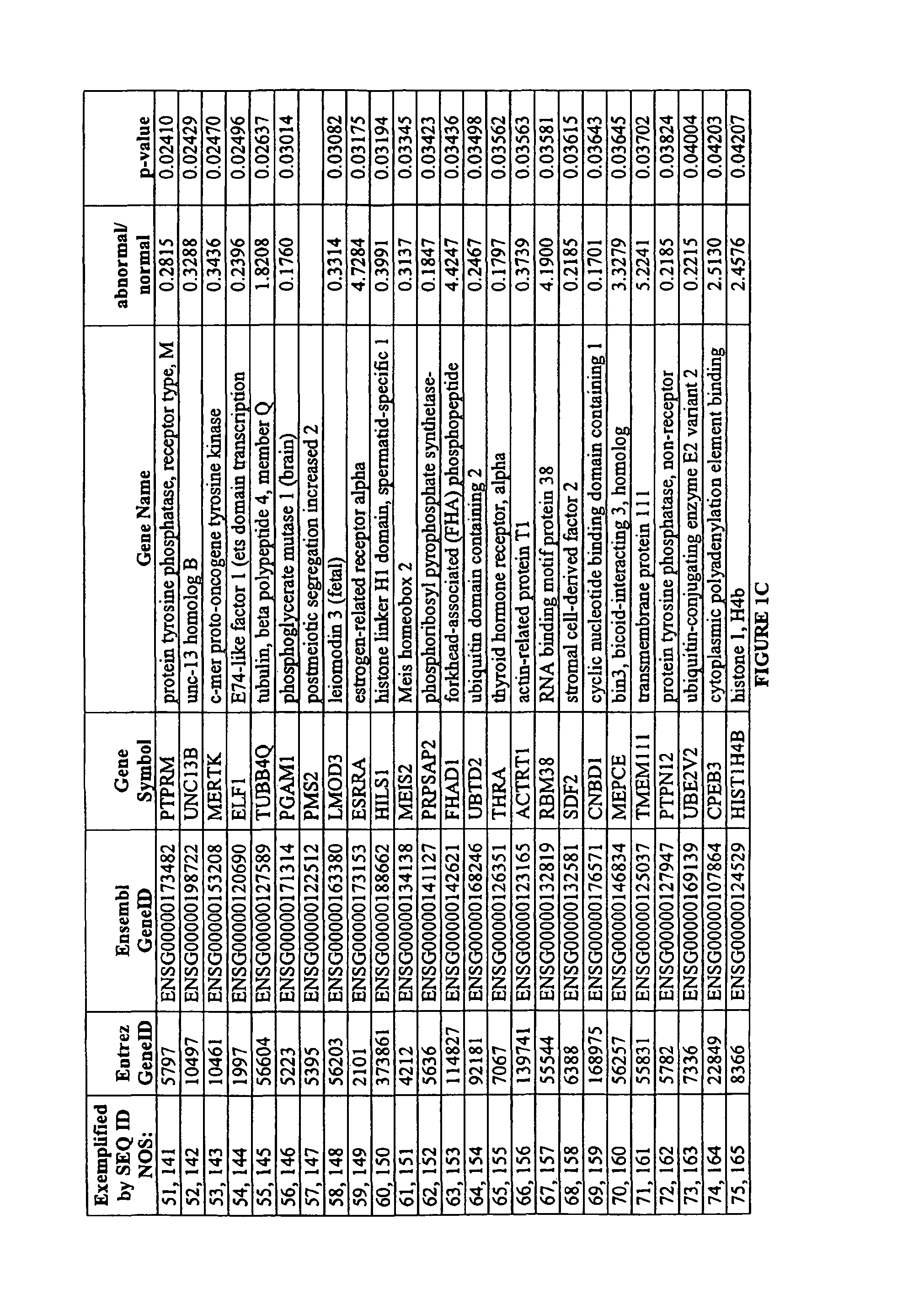Assessment of oocyte competence
a morphological assessment and oocyte technology, applied in the field of oocyte competence assessment, can solve the problems of difficult application of classical cytogenetic techniques to polar bodies, chromosome abnormalities are almost always lethal to the developing, and the method of identifying healthy oocytes and embryos based on morphological assessment is not very successful
- Summary
- Abstract
- Description
- Claims
- Application Information
AI Technical Summary
Benefits of technology
Problems solved by technology
Method used
Image
Examples
experimental examples
[0095]The invention is further described in detail by reference to the following experimental examples. These examples are provided for purposes of illustration only, and are not intended to be limiting unless otherwise specified. Thus, the invention should in no way be construed as being limited to the following examples, but rather, should be construed to encompass any and all variations which become evident as a result of the teaching provided herein.
example 1
Identification of Markers Differently Expressed in Oocytes
[0096]The processing of oocytes was conducted in a dedicated DNA-free clean-room environment. A total of 27 oocytes, including seven single oocytes (three chromosomally normal and four chromosomally abnormal) and four pooled samples each consisting of five pooled oocytes of unknown chromosomal status were analyzed.
[0097]Oocytes were collected in sterile, RNase-free conditions and processed rapidly in order to minimize changes in marker expression. The zona pellucida was removed to ensure the exclusion of all cumulus cells from the sample and the polar body was separated from the oocyte. The oocyte was transferred to a microcentrifuge tube and then immediately frozen, while the polar body was thoroughly washed to remove any DNA contaminants before transfer to a separate microcentrifuge tube.
[0098]The polar body DNA was released by lysing the cell. Polar bodies were washed in four 10 uL droplets of phosphate-buffered saline—0.1...
example 2
Identification of Markers Differently Expressed in Cumulus Cells
[0112]The processing of cumulus cells was conducted in a dedicated DNA-free clean-room environment. A total of six cumulus cells (three chromosomally normal and three chromosomally abnormal) were analyzed.
[0113]Cumulus cells were collected in sterile, RNase-free conditions. The cumulus cells were separated from the oocyte mechanically and processed rapidly in order to minimize changes in marker expression. The zona pellucida was removed from the corresponding oocyte and the polar body was separated. The oocyte was transferred to a microcentrifuge tube and then immediately frozen, while the polar body was thoroughly washed to remove any DNA contaminants before transfer to a separate microcentrifuge tube.
[0114]The polar body DNA was released by lysing the cell. Polar bodies were washed in four 10 uL droplets of phosphate-buffered saline—0.1% polyvinyl alcohol, transferred to a microfuge tube containing 2 uL of proteinase ...
PUM
| Property | Measurement | Unit |
|---|---|---|
| temperature | aaaaa | aaaaa |
| temperature | aaaaa | aaaaa |
| temperature | aaaaa | aaaaa |
Abstract
Description
Claims
Application Information
 Login to View More
Login to View More - R&D
- Intellectual Property
- Life Sciences
- Materials
- Tech Scout
- Unparalleled Data Quality
- Higher Quality Content
- 60% Fewer Hallucinations
Browse by: Latest US Patents, China's latest patents, Technical Efficacy Thesaurus, Application Domain, Technology Topic, Popular Technical Reports.
© 2025 PatSnap. All rights reserved.Legal|Privacy policy|Modern Slavery Act Transparency Statement|Sitemap|About US| Contact US: help@patsnap.com



